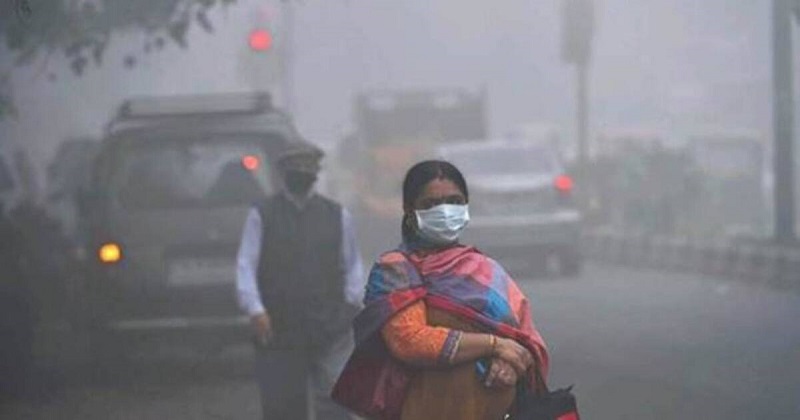
Nowhere on the planet is the catastrophic impact of pollution more visible than in South Asia, which bears more than half of the world’s pollution load. If present pollution levels remain high, inhabitants are expected to lose 5 years on average, and much more in the most hazardous locations. Since 2013, India has been responsible for over 44% of the worldwide increase in pollution.
Globally, India is the second-most polluted country in the world, trailing only Bangladesh, where air pollution shortened life expectancy by 6.9 years in 2020. Air pollution has reduced life expectancy in India’s neighbours Nepal and Pakistan by 4.1 and 3.8 years, respectively.
Bangladesh has become the world’s most polluted country. The average Bangladeshi’s life expectancy is reduced by 6.7 years when compared to what it would be if WHO rules were implemented. Bangladesh suffers from far higher levels of air pollution than the rest of the country, with the most contaminated area lowering life expectancy by 8.1 years.
Particulate pollution kills more people than infectious illnesses like TB and HIV/AIDS, as well as behavioural killers like cigarette smoking and even war. Some areas of the world have been hit harder than others. For example, in the United States, where pollution is lower, life expectancy is lowered by only 0.1 year relative to the WHO norm. Reducing particle concentrations to the WHO limit would increase average life expectancy by 2.6 and 5.9 years in China and India, respectively, where pollution levels are significantly higher.
Health risks of pollution;
Particulate matter (PM) is a term used to describe solid and liquid particles floating in the air, such as soot, smoke, and dust. When the air is contaminated with PM particles, they enter the respiratory system along with the oxygen that the body demands. When particles of PM are breathed by the nose or mouth, their fate is decided by their size: the finer the particles, the deeper they penetrate into the body.
PM10 particles, which have a diameter of fewer than 10 micrometres (m) and are included in estimates of ‘total suspended matter’ (TSP), are tiny enough to pass through nasal hairs. They pass via the respiratory system and into the lungs, where the metal elements on the particles’ surfaces oxidise lung cells, causing DNA damage and increasing cancer risk.

Post Your Comments